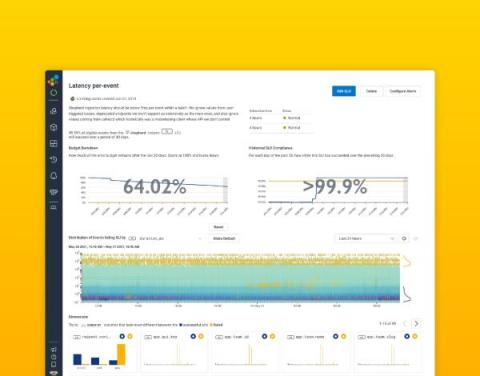Operations | Monitoring | ITSM | DevOps | Cloud
SRE
The latest News and Information on Service Reliability Engineering and related technologies.
Everything you need to know about Squadcast and Microsoft Teams Integration
Top 13 Site Reliability Engineer (SRE) Tools
The role and responsibilities of a site reliability engineer (SRE) may vary depending on the size of the organization, and as such, so do site reliability engineer tools. For the most part, a site reliability engineer is focused on multiple tasks and projects at one time, so for most SREs, the various tools they use reflect their eve-evolving responsibilities.
Incident Response Team | Roles & Responsibilities Defined
Why and How SREs Can Benefit from Feature Flags
When you think of who uses feature flags, your mind most likely goes to developers. In general, feature flags are closely associated with software engineering. But Site Reliability Engineers, too, can benefit from feature flags. SREs may not be the ones to create feature flags, but they should work closely with developers to ensure that the applications their teams support include feature flags.
Cloud Complexity - Bringing Resources together in Multi-cloud Environments
Best Practices To Build & Manage a Strong DevOps Team
How We Define SRE Work
At the time of writing this post, I have officially been at Honeycomb for one year as a site reliability engineer (SRE). I had shared my initial experiences and impressions in this post and thought it would make sense to check back in now that I’ve had the opportunity to spend time learning about the team, the culture, and the code base more in depth.
What is a Runbook And How Can It Help My Team
Top 9 Skills for SREs from ex-Instacart SRE
A list of the top nine SRE skills, from incident management, to cloud computing, to networking and beyond.











